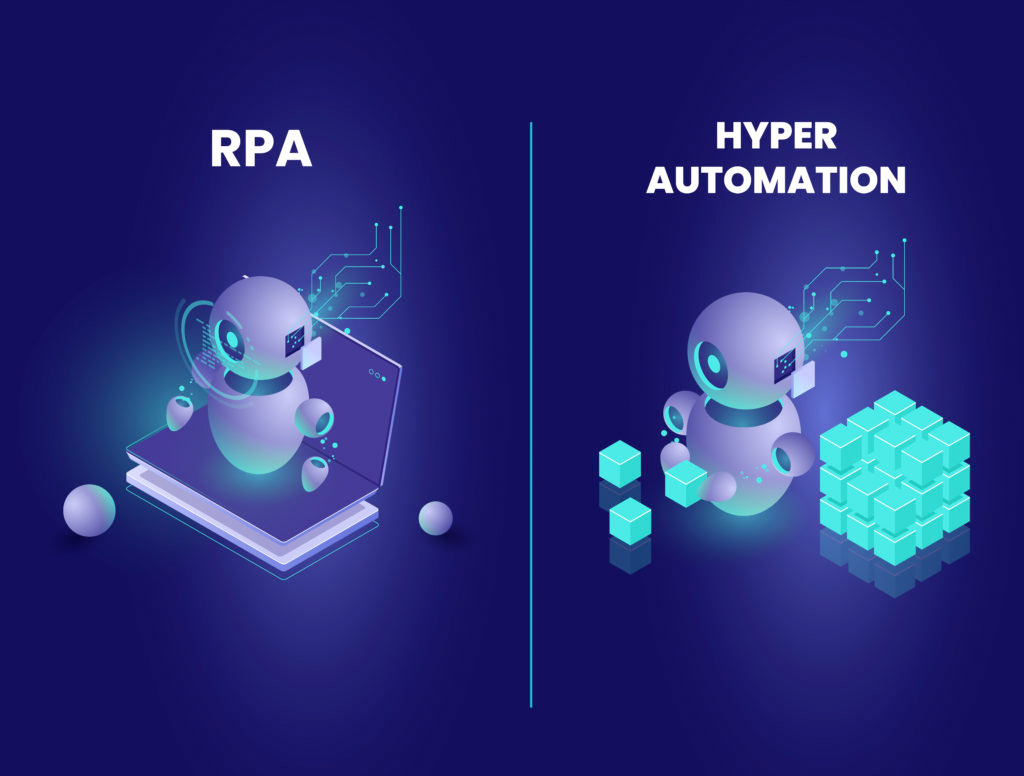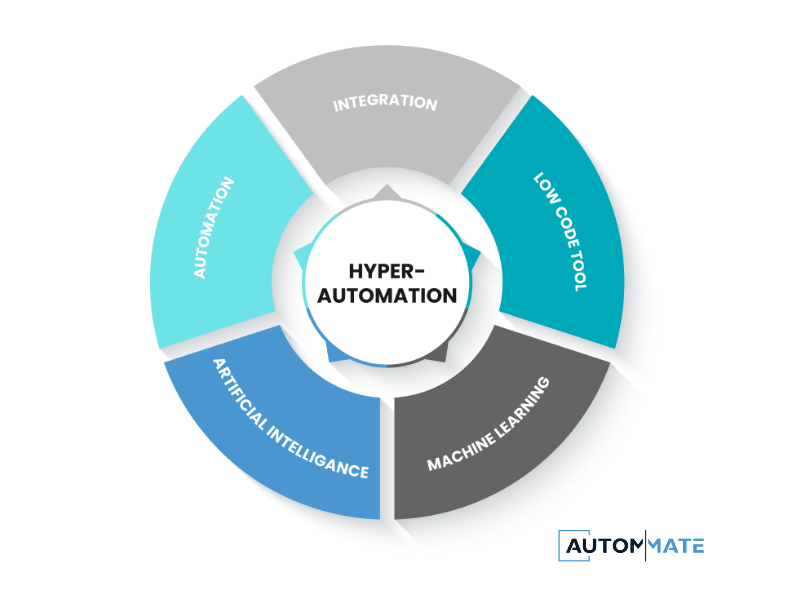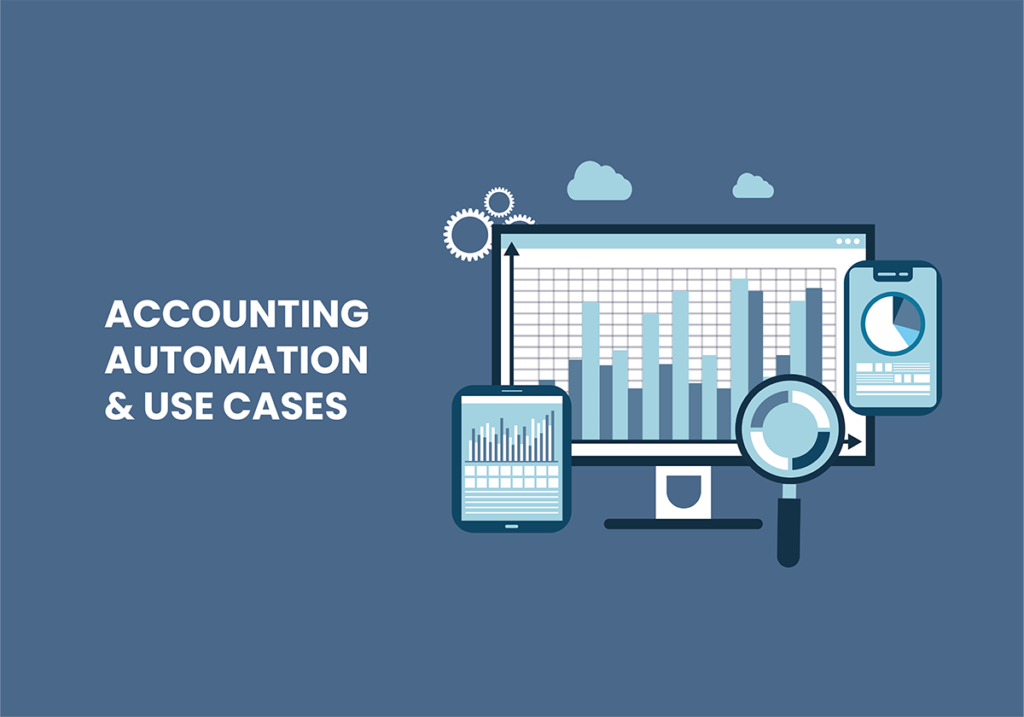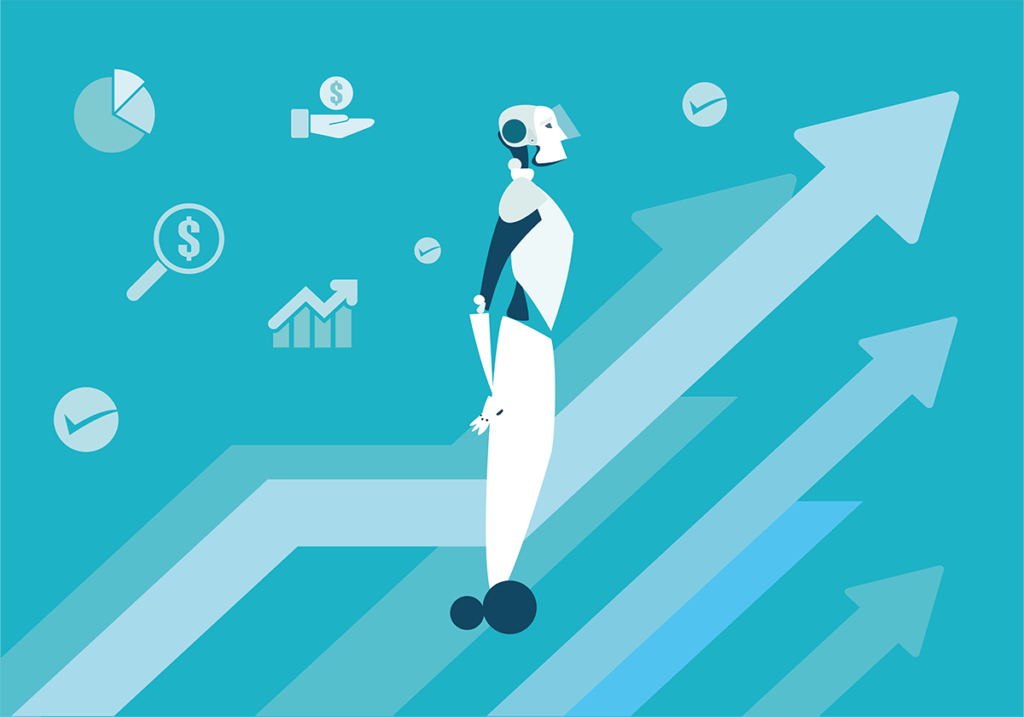Sci-Fi movies have been preparing us for a future full of robots. Well, the robots are here, but they’re in a much better state than we’ve been expecting. In today’s digital world, robots are present as “helping bots” on a digital scale, such as RPA and hyperautomation.
These bots carry out very simple tasks, but also, but they can perform very complicated tasks faster and, in most cases, better than humans. The most popular automation technology, RPA (Robotic Process Automation), requires advanced technologies such as AI (Artificial Intelligent) and ML (Machine Learning) to evolve as super bots that can solve even more complex processes. That’s why every day, we see more business sectors use RPA and hyperautomation for their businesses every day. Automation technologies, such as RPA and hyperautomation, are changing the way enterprises operate and their company structure, but what are they, really? In this blog, we’ll dive deep into the differences between RPA and hyperautomation.

What is RPA?
Robotic process automation (RPA) is a software technology that makes it easy to build, deploy, and manage software robots that perform the tasks performed by employees. RPA can do most of the tasks carried out by employees, such as understanding what’s on a screen, completing the right keystrokes, navigating systems, identifying and extracting data, and performing a wide range of defined actions. Therefore, it can be said that RPA is a tool to develop and control bots for your business needs.
What is Hyperautomation?
Hyperautomation is a framework and set of advanced technologies for scaling automation in the enterprise; the goal of hyperautomation is to develop a process for automating enterprise automation. hyperautomation mainly combines AI and RPA to develop a system that takes inputs from humans and automates the whole business process. As you can see actually, hyperautomation is an advanced form of RPA supported by AI and ML. So, hyperautomation not only automates the repeated tasks by humans, but it also automates the process of business mechanisms.
|
The Main Differences Between RPA and Hyperautomation |
||
|---|---|---|
|
RPA |
Hyperautomation |
|
|
Automation capabilities |
RPA can automate a variety of structured tasks. |
Hyperautomation can automate a wider range of processes, including unstructured tasks. |
|
Flexibility |
RPA can be easily configured to perform specific tasks. |
Hyperautomation allows for more flexibility in terms of the processes that can be automated. |
|
Integration with other technologies |
RPA can be integrated with other technologies. |
Hyperautomation can integrate a wider range of technologies, including AI and machine learning. |
|
Business benefits |
RPA can improve efficiency and reduce costs. |
Hyperautomation has the potential to improve the accuracy, speed, and scalability of processes. |
Hyperautomation: Is It Better Than RPA?
The main difference between RPA and hyperautomation is actually clear: Hyperautomation uses RPA as a tool for automating bots developed by the company. However, they also have other differences in the scope, efficiency, usage, and future of the technology. So, in this part, we will analyse every difference between RPA and Hyperautomation in four main parts.

1- Scope of Technology
As we stated before, hyperautomation uses RPA as a tool. Therefore, the scope of hyperautomation is much bigger than RPA. Hyperautomation uses RPA bots, ML and AI to automate business processes. However, RPA creates a bot for repeated tasks done by real employees. Therefore, RPA can’t understand the whole scope of business and tasks. It makes implementing repeated tasks easier and does these tasks faster and better than humans. On the other hand, hyperautomation does everything RPA does, but it can better understand the scope of tasks better and better estimate the scope of tasks. Hyperautomation aims to automate the automated business system part and link them to each other. Moreover, Hyperautomation can plan continuous tasks and do much more work than RPA.
In short, Hyperautomation covers the scope of any business task better than RPA, but this does not mean RPA is useless. RPA is better for “bot” usage and automation of repetitive tasks.
2- The Efficiency of Technology
Both technologies mainly increase the efficiency of the company. However, implementing hyperautomation into your organisation’s processes greatly improves employee satisfaction more than RPA; since hyperautomation removes the time-consuming jobs that involve repetitive actions. RPA also automates repetitive tasks with bots, but hyperautomation takes it one step higher and automates the bots created by RPA, and employees can focus on more complex and innovative tasks.
So, it can be said that one of the differences between RPA and Hyperautomation is efficiency since Hyperautomation automates the whole business process.
3- The Future of RPA and Hyperautomation
Since hyperautomation uses ML and AI, it can collect data while performing business tasks and develop new processes for future use. However, RPA only can do the repetitive tasks defined by users.
Therefore, it can be said that hyperautomation offers better future use regarding RPA since if hyperautomation consumes enough data about how an organisation works, it can create, achieve, and plan new tasks detached from the human workforce.
4- Use Case Differences Between RPA and Hyperautomation
The usage of these two technologies is another difference. They can be used in different sectors, not just only in the technology industry. However, RPA only supports these industries that rely on repetitive tasks. On the other hand, hyperautomation can automate non-technologic steps in any industry, such as healthcare, customer service, banks, and more.
This does not mean that PRA has little use. On the contrary, without RPA, hyperautomation is considered to have lost one of its most powerful tools; that is, RPA enables hyperautomation to be used in such a wide area. So, it can be said that hyperautomation can be used in other industries, but it owes this to technical support from RPA, ML, and AI.
Automation, Extended: Meet Hyperautomation with Autom Mate
The automation process has become more than necessary in today’s digital world. Today, many businesses take advantage of AI, ML, cloud-based systems, and RPA. However, using all of these technologies combined is not an easy task to do. To package the best of the best when it comes to automation, we developed Autom Mate.
Autom Mate is a hyper-automation platform which enables easy-to-customise business process development. Our automation platform aims to create an autonomous system for all processes in business tasks with hyperautomation. The best part is that it’s drag-and-drop and a %100 web-based, so it’s usable by anybody. Even non-coder can develop automated systems to automate and advance their business processes. Moreover, Autom Mate uses RPA and takes all advantages of it, and increases the efficiency of the automation process.
So, with Autom Mate you can increase the success of your business with more advanced automation systems with easy usage of hyperautomation. See how you can join the future of automation here.





